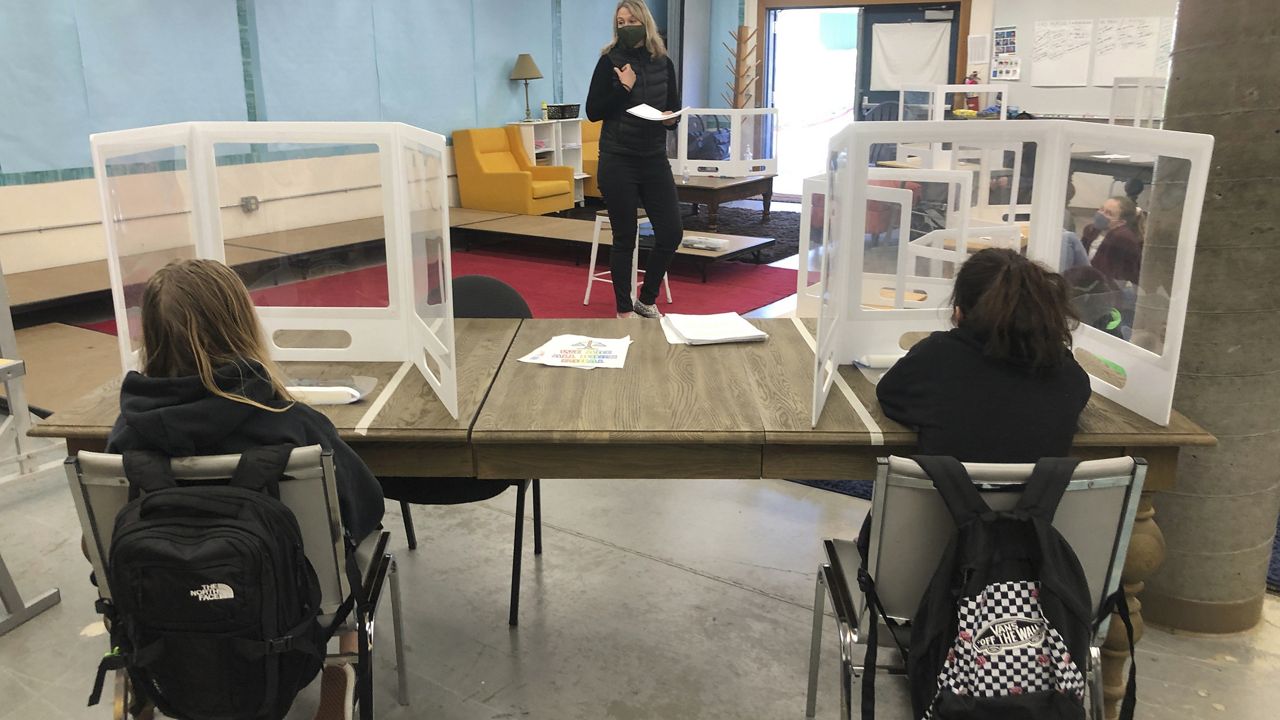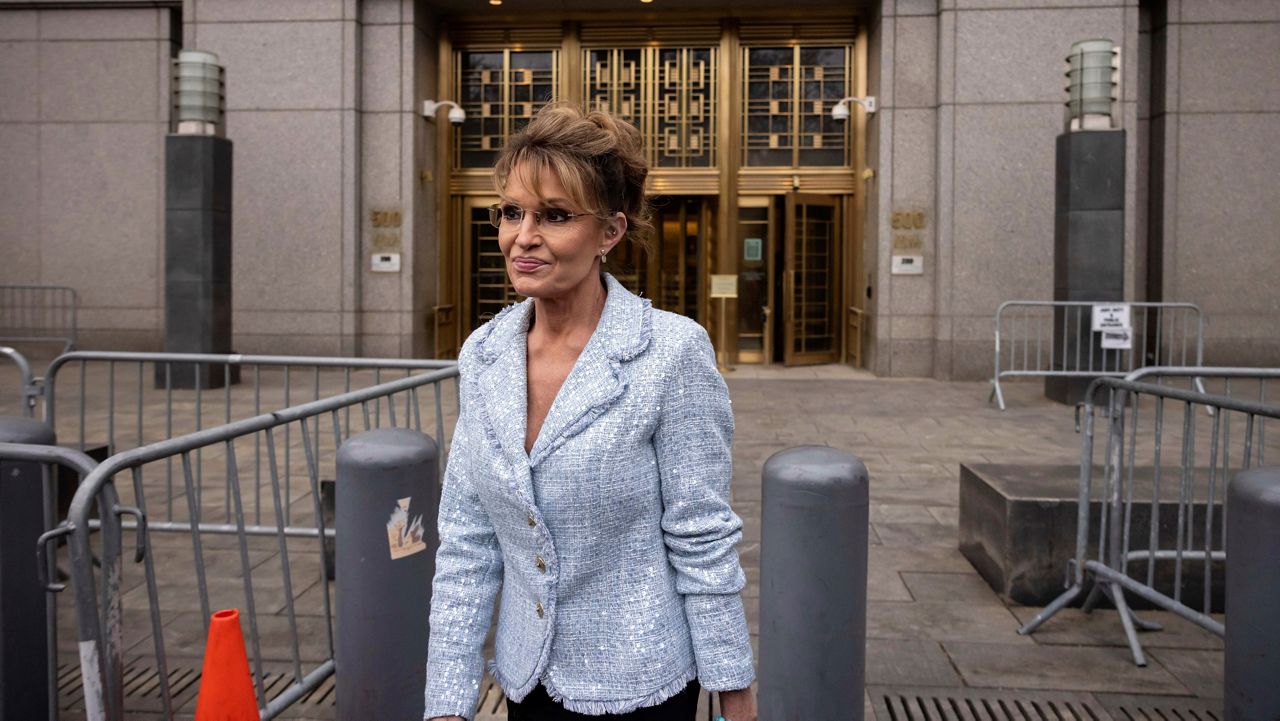The Centers for Disease Control and Prevention (CDC) announced Friday that they will relax social distancing guidelines from 6 feet to 3 feet for children in schools, allowing more students to be inside classrooms as the push to reopen schools for in-person learning intensifies.
Masks will still be mandatory, and the CDC still recommends six feet of distance between adults in schools, as well as between adults and children.
"CDC is committed to leading with science and updating our guidance as new evidence emerges," CDC Director Dr. Rochelle Walensky said in a statement. "Safe in-person instruction gives our kids access to critical social and mental health services that prepare them for the future, in addition to the education they need to succeed."
Dr. Walensky said that the new guidance is an "evidence-based roadmap to help schools reopen safely, and remain open, for in-person instruction."
The new guidance also includes removing recommendations for plastic shields and barriers between desks, and makes specific recommendations about 3 feet of space for kids in elementary schools, even in areas where transmission is high. Spacing can also be 3 feet for students in middle and high schools, as long as they are in areas where there is not a high area of community spread.
Students should still abide by six feet of social distancing in common areas, such as cafeterias or lobbies, and should stand six feet apart for activities that require cheering, talking, or singing, such as choir practice, assemblies, or sporting events.
"As soon as we put out our guidance among the biggest challenges that we were aware of was the fact that schools were having a hard time with a six-foot guidance," Dr. Walensky said Monday. "And that, of course, prompted more studies to say: Is six feet necessary in the context of mask wearing?"
A new study published in Clinical Infectious Diseases found no significant difference in COVID-19 infection rates at Massachusetts schools that required 3 feet of distance vs. the currently recommended 6 feet.
Another study the CDC released Friday, from Utah, found that transmission was low amid students who sat 3-feet apart, but were diligent about wearing masks.
This is a developing story. Check back later for further updates.









